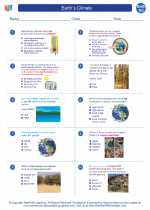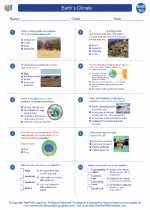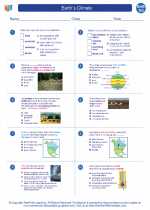Endoplasmic Reticulum
The endoplasmic reticulum (ER) is a complex network of membranes found in eukaryotic cells. It plays a crucial role in the synthesis, folding, modification, and transport of proteins and lipids. The ER is divided into two regions: the rough endoplasmic reticulum (RER), which is studded with ribosomes on its surface, and the smooth endoplasmic reticulum (SER), which lacks ribosomes.
Rough Endoplasmic Reticulum (RER)
The RER is involved in the synthesis of proteins. Ribosomes on the surface of the RER translate mRNA into protein chains, which are then translocated into the ER lumen for further processing. The RER plays a critical role in protein folding and quality control, ensuring that only properly folded proteins are transported to their intended destinations within the cell.
Smooth Endoplasmic Reticulum (SER)
The SER is involved in lipid synthesis, detoxification of drugs and poisons, and calcium ion storage. It lacks ribosomes and appears smooth under the microscope, hence the name "smooth" endoplasmic reticulum.
Functions of the Endoplasmic Reticulum
- Protein synthesis and folding (RER)
- Lipid synthesis (SER)
- Detoxification of drugs and poisons (SER)
- Calcium ion storage (SER)
Study Guide
When studying the endoplasmic reticulum, it's important to understand its structure, functions, and the differences between the rough and smooth endoplasmic reticulum. Here are some key concepts to focus on:
- Describe the structure of the endoplasmic reticulum and its subtypes.
- Explain the role of the rough endoplasmic reticulum in protein synthesis and folding.
- Discuss the functions of the smooth endoplasmic reticulum, including lipid synthesis, detoxification, and calcium ion storage.
- Compare and contrast the rough and smooth endoplasmic reticulum in terms of structure and function.
Additionally, it's important to understand the interconnected nature of the endoplasmic reticulum with other cellular organelles and its overall significance in cellular function and homeostasis.
Remember to use diagrams and visual aids to enhance your understanding of the endoplasmic reticulum and its functions within the cell.
Good luck with your studies!
.◂Earth Science Worksheets and Study Guides High School. Earth`s Climate

 Worksheet/Answer key
Worksheet/Answer key
 Worksheet/Answer key
Worksheet/Answer key
 Vocabulary/Answer key
Vocabulary/Answer key
 Vocabulary/Answer key
Vocabulary/Answer key
 Vocabulary/Answer key
Vocabulary/Answer key
